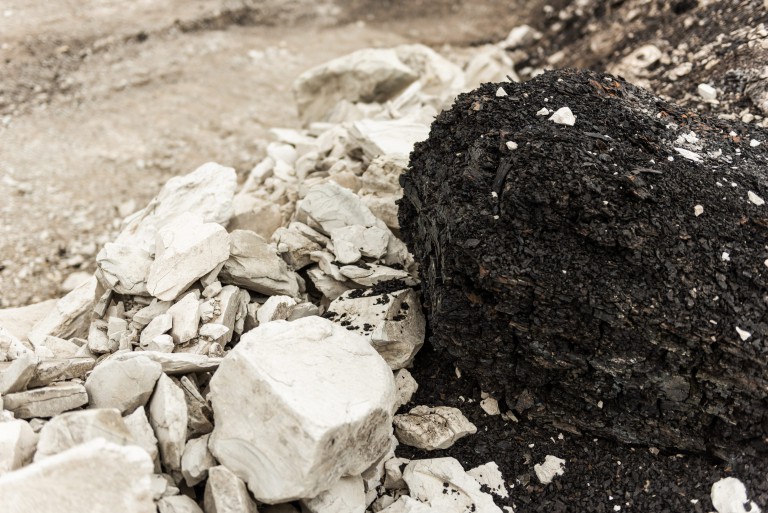How Does Diatomaceous Earth Work: Microscopic Images
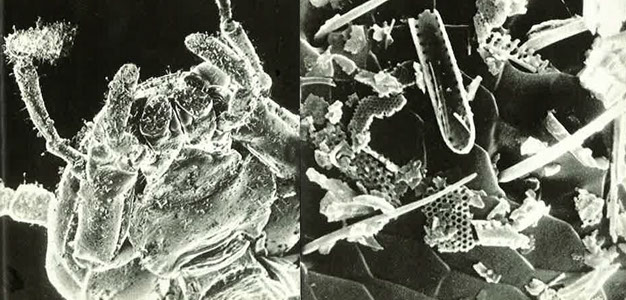
Diatomaceous Earth is composed of the fossilized exoskeletons of tiny organisms known as diatoms. These fossilized diatoms have very sharp edges allowing the diatomaceous earth to kill insects by lacerating their outer shells and dehydrating them. When crawling insects come in contact with food grade diatomaceous earth it is much like crawling across shards of […]
Diatomaceous Earth for Grape Growing?

Many people find food grade diatomaceous earth to be a helpful soil amendment that works well to retain moisture and nutrients in soil. While the product is not currently registered for this use, there have been many studies conducted to explore the possible benefits of the addition of DE to soil. In fact, a study conducted in […]
Diatomaceous Earth for Darkling Beetles: Application for Clay Floors
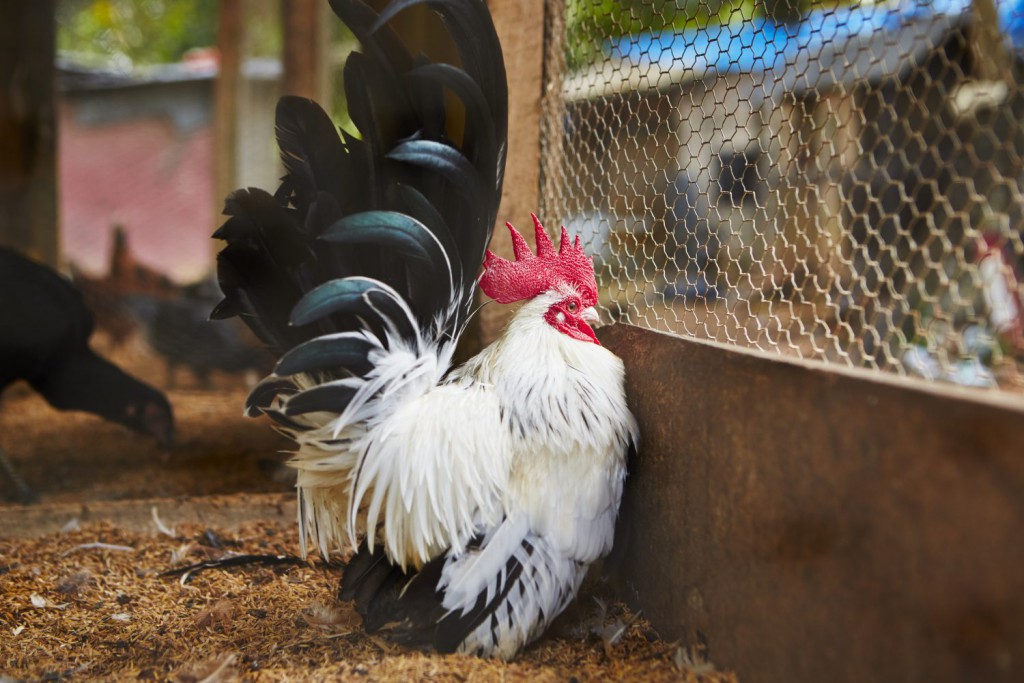
Diatomaceous Earth is commonly used in barns and poultry houses to kill crawling insects such as darkling beetles. The following are guidelines that have been recommended by our consumers for the application of Diatomaceous Earth for darkling beetles in a barn or poultry house with a clay floor. For application to concrete or other types […]
Combat Pesticide Resistance with Diatomaceous Earth
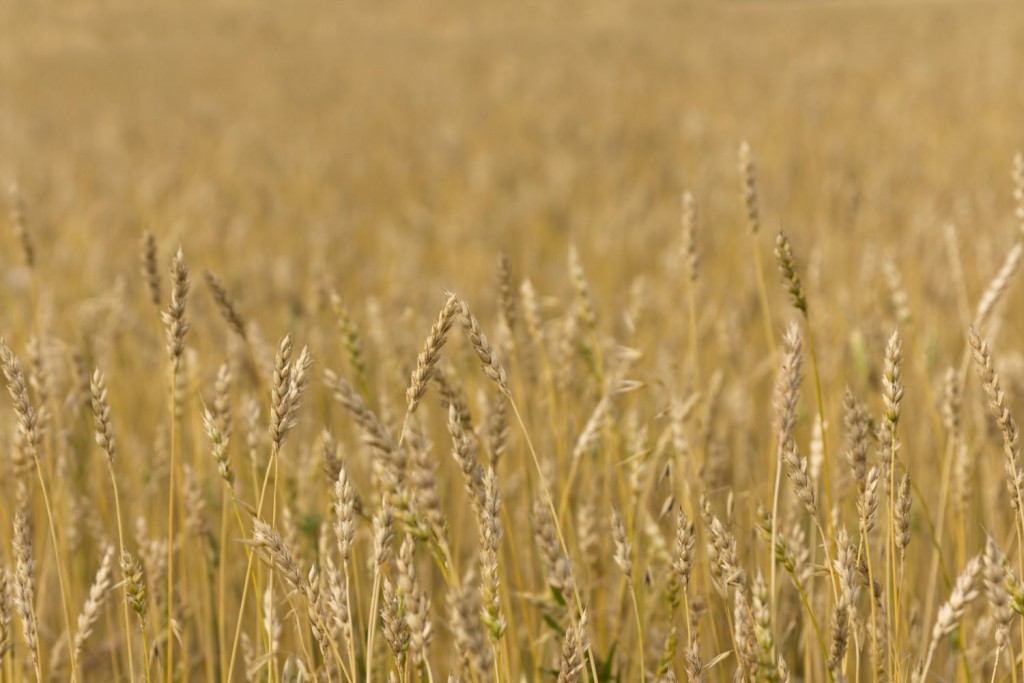
Crop destroying pests continue to develop resistance to chemical pesticides. In fact, although pesticide use has increased since the 1940’s, crop losses have also continued to increase. In the 1940’s, farmers saw approximately seven percent of their crops lost to pests with this number rising to approximately thirteen percent since the 1980’s! It has been suggested that […]
Diatomaceous Earth for Grain Pests
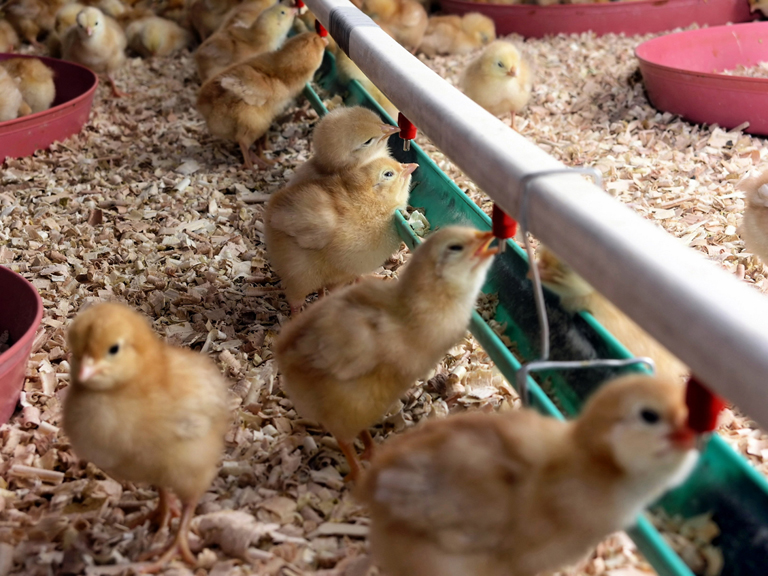
In recognizing that insects can develop resistance to insecticides, especially if the same chemical class is used repeatedly, the Province of Manitoba suggests that alternative control methods be used to help minimize the development of resistance. Food Grade Diatomaceous Earth is suggested for use in the cracks and crevices of buildings, empty bins and storage containers as […]
Diatomaceous Earth Particle Size: Choosing the Right Granulation
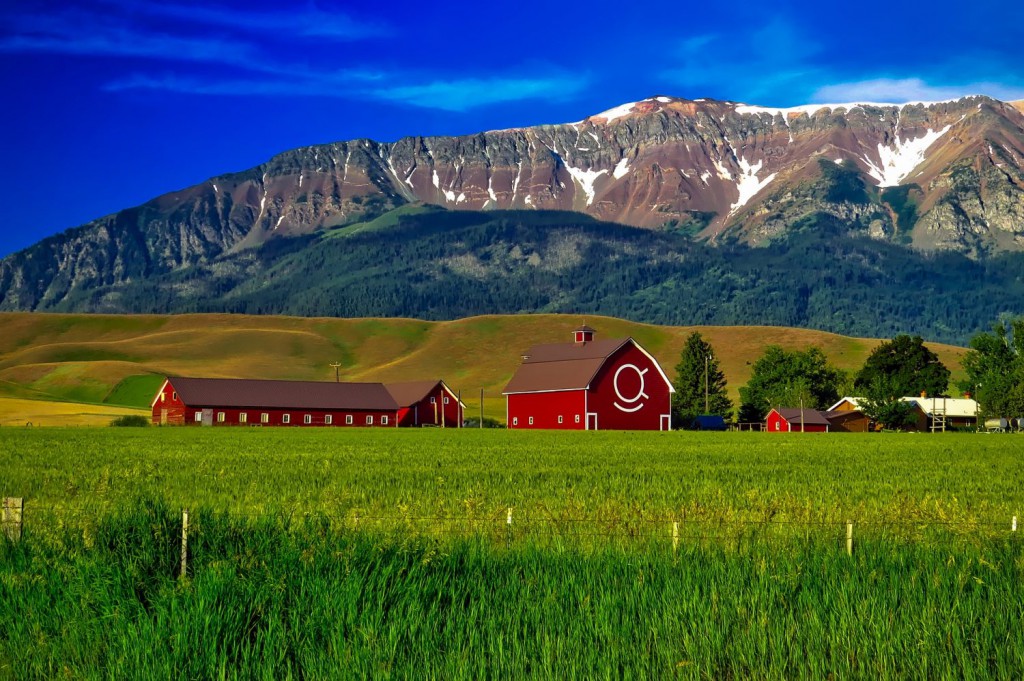
Diatomaceous earth is available in a variety of different granulations. While they are all composed of the same ingredients, it is important to select the proper granulation according to the purpose you wish to use it for. Below is a list of DE granulations and the purposes for which they work best: Powder Granulation • […]
Diatomaceous Earth in Animal Feed: Affects on Meat, Dairy and Eggs
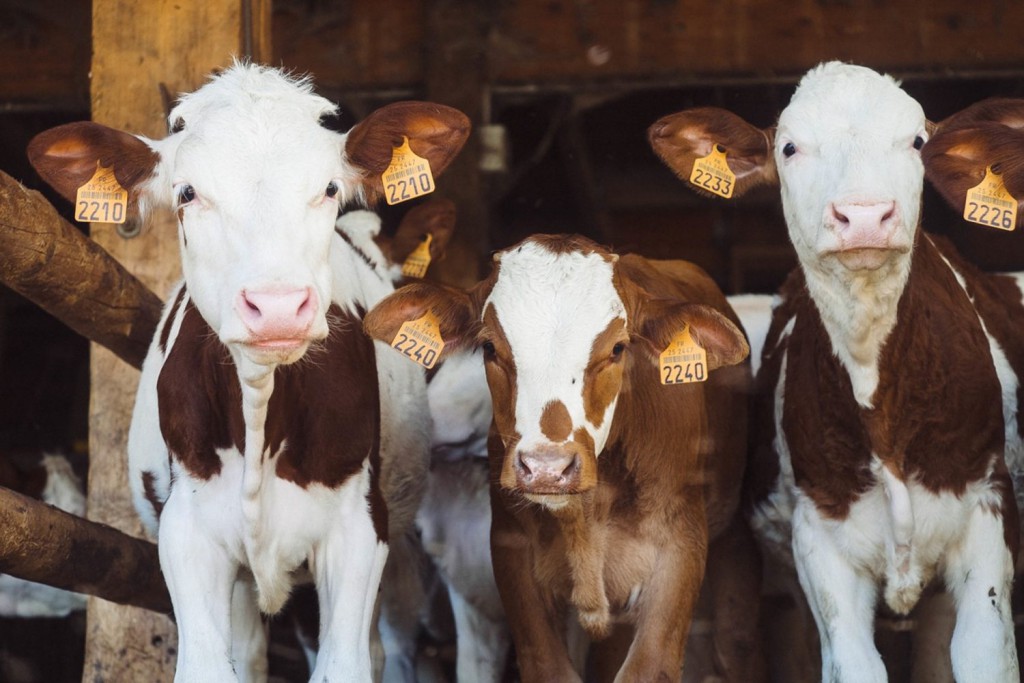
Red Lake Food Grade Diatomaceous Earth is OMRI listed (Organic Materials Review Institute) for use in organic production and is safe to use with all animals (except reptiles, as it may dry out their skin). No diatomaceous earth residue has been found in animals (or their offspring or milk) that have consumed Red Lake Earth. In […]
Silica: Everything You Need to Know
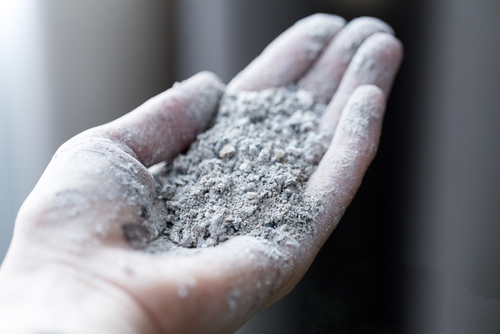
Silica is a chemical compound composed of silicon and oxygen atoms. Silica is a very common and naturally occurring compound, due to the fact that oxygen and silicon are the two most plentiful elements found in the earth’s crust. There are two forms of silica, crystalline silica and amorphous silica (also known as noncrystalline or silicon […]
Is Diatomaceous Earth Safe for All Animals?
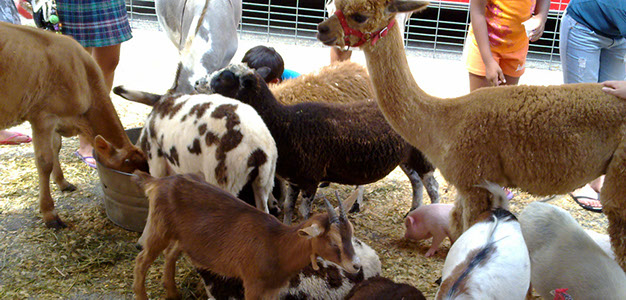
Diatomaceous earth is safe to use with and around almost all animals. To date, the only observed exception to this is use with reptiles and beneficial insects such as honey bees. Diatomaceous earth has the ability to absorb moisture and therefore it is not recommended for use with reptiles due to the fact that it […]
Guaranteed Analysis: Diatomaceous Earth Label Explained
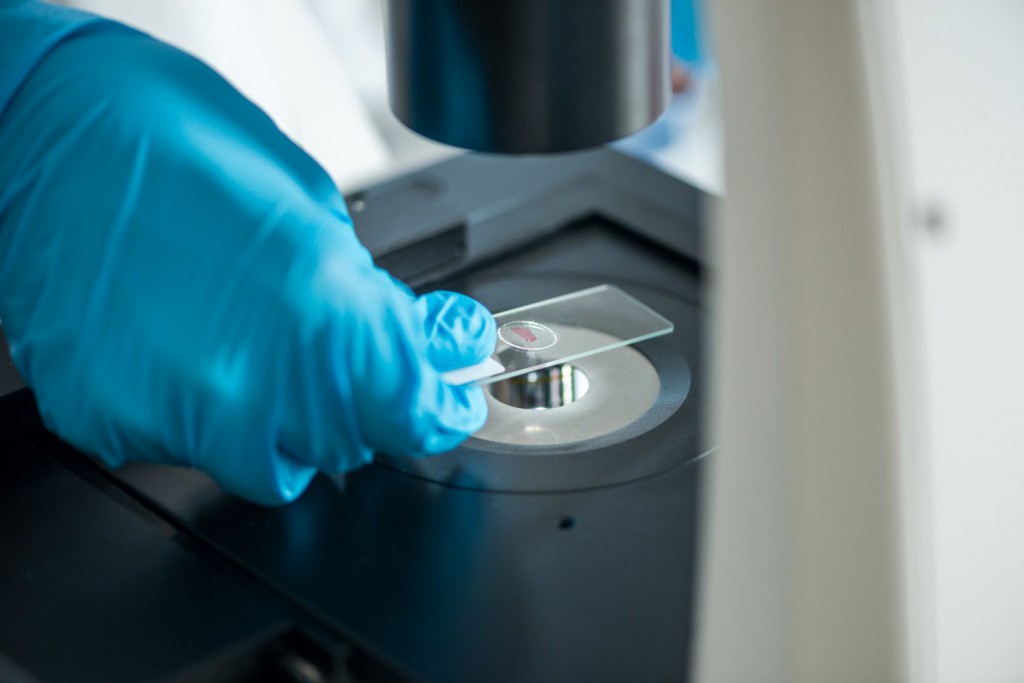
Due to the fact that diatomaceous earth is a product used in animal feed, its label requires a guaranteed analysis to advise consumers of the product’s nutrient content. Pet food labels are required to guarantee minimum percentages of crude protein and fat and maximum percentages of crude fiber and moisture (in this context, “crude” refers […]
